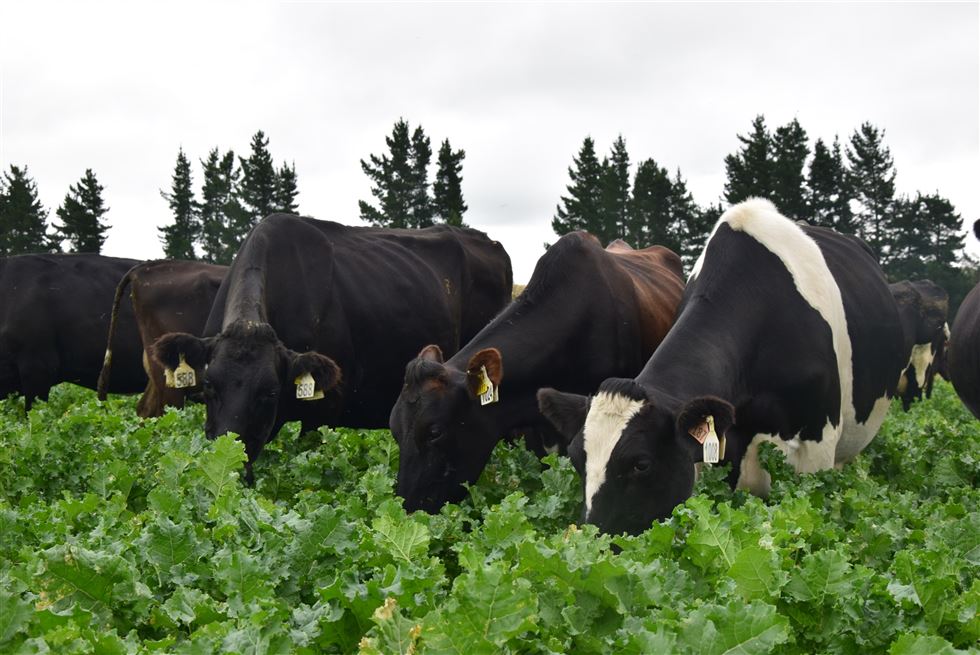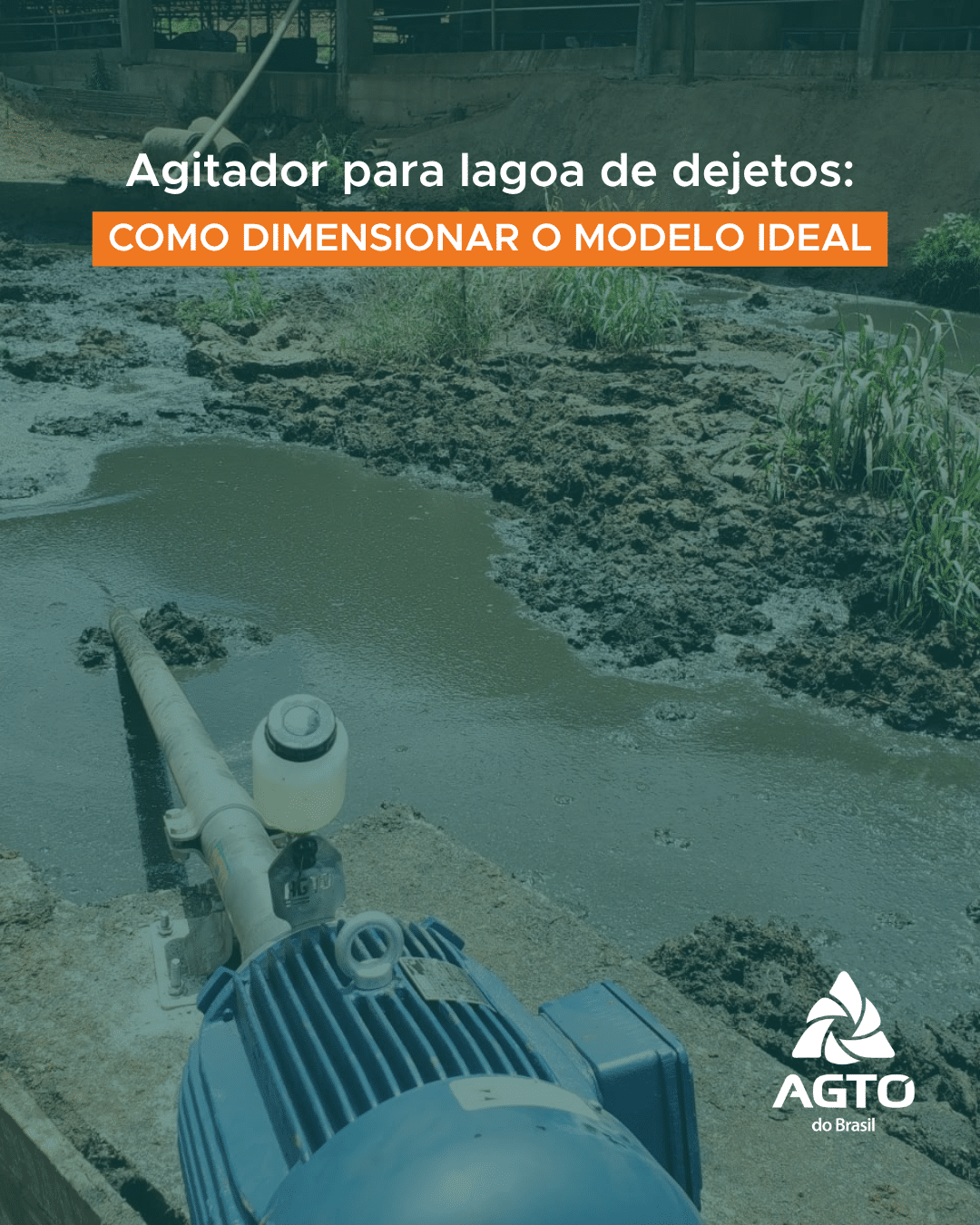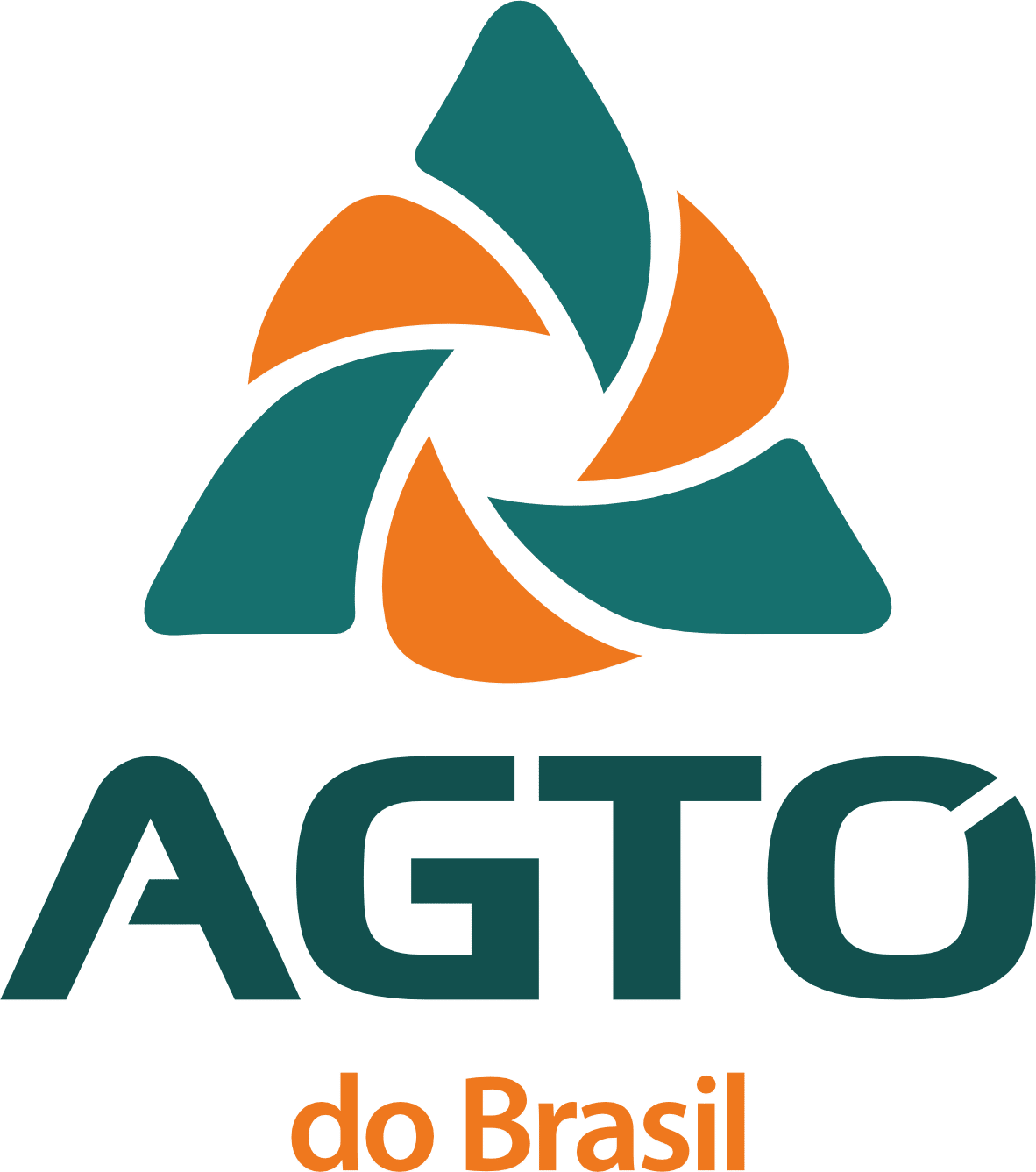In the New Zealand dairy production system, efficiency and low cost are sought, through strategies that optimize the use of pasture and irrigation, which, working in harmony, guarantee constant pasture growth, leaving the producer less dependent and vulnerable. the use of supplements, which reduce the activity's profit margin. In an ideal scenario, the farmer acquires the right to use water from rivers, canals or groundwater, through the purchase of quotas, allowing the land to be irrigated according to the supply capacity of the chosen system. However, this reality is not always possible to implement, as some farms are close to environmental protection areas, have uneven terrain or the system is saturated. Not being able to count on a constant supply of water and depending exclusively on rain makes production more risky and complex.
Farms use two indices to plan and quantify production: pasture storage and its use in the feeding plan (2 months ahead). The first tool is the “growth rate” or “growth average”, which is nothing more than the amount, in kilograms, of dry matter per hectare that the pasture grows in one day (Kg DM/ha/day). The other value is the APC or “avarage pasture cover”, which is an average of kilograms of dry matter present in the total area of the property (kg DM/ha). For the reader to have an idea of the reality we live in, in the state of Canterbury the “growth rate” of the experimental farm at the University of Lincoln during the month of January was 70 KgMS/ha (100% irrigated), that is, if the farm has a total area of 100 hectares, daily it produces 7 tons of dry pasture matter. As for the APC, an ideal average cannot be defined, it depends on the animal capacity and the producer's ability to purchase supplementation.
Farms that seek to produce only pasture and at low cost must have a high pasture coverage, to ensure that there is enough grass to meet the herd's consumption demand, thus having a minimum dependence on the use of supplementation. Here on the farm where I work, located literally at the base of a mountain, we produce milk in a way that, even by New Zealand standards, is considered sustainable. Firstly, we use an animal capacity of just 2.6 cows per hectare (state average 3.4/ha) and we do not irrigate the land, which makes us totally dependent on rainfall. Due to its geographical location, the farm benefits from a peculiar microclimate, in which rainfall is constant and reliable during spring and autumn, with average temperatures in the pasture production months (August to May) of 10°C, ideal if We consider the optimum temperature to be 5-18°C for ryegrass growth.
Although we use the weather to our advantage most of the year, summer is extremely challenging and demands special and detailed planning. During the month of January 2020, it rained just 2.5 mm, that is, each square meter of the farm received just 80 ml of water per day, practically zero if we consider that the majority of water is absorbed by the soil and not by the roots. Without being able to count on irrigation, the daily growth of pasture dry matter was only 45 kg per hectare, presenting an APC of 1,800 kg DM/ha. For the reader to have an idea of the situation and the potential problem created, milking 800 animals and producing 1.5 kg of milk solids/cow, ingesting an average of 17 kg of dry matter, the herd's daily demand for pasture is 13,600 kg DM (5.4 hectares with pre-grazing coverage of 2,800 kg DM/ha). Considering these two values, we concluded that we were entering a food stock deficit, in which leaf growth would not keep up with the animals' demand for intake.
Lack of food must be resolved with planning, wrong decisions lead to a drop in milk solids production, loss of the herd's body score, early drying and excessive spending on purchasing supplementation. To avoid this undesirable scenario, in times of adversity, New Zealanders developed a technique for cultivating and using Brassicas, (cabbage, turnip, beetroot, or raphno) which are chosen according to the size of the leaf, presence or size of the bulbs, % MS and regrowth capacity.
Here on the farm we opted for raphno, which is a cross between cabbage (Brassica oleracea) and radish (Raphanus sativus). This new plant has good drought tolerance and excellent persistence, meaning it can be re-grazed up to five times if managed properly. The cultivation plan begins with soil analysis to correct phosphate and nitrogen deficiencies. Then, a rectangular paddock is chosen, where there has been no presence of Brassicas in the last 5 years, and an amount of 8 kg of seed per hectare is sown at a depth of 10 mm, waiting 50 to 70 days. The ideal grazing point indicated by experts is when the plant reaches knee height, that is, when there is the presence of 5,000 kg of dry matter per hectare. Knowing the measurements of the area accessed by the herd, amount of dry matter present pre-grazing, residual dry matter post-grazing and number of cows consuming, it is possible to calculate the intake per animal.
Let's look at the example used here, for 400 cows accessing 0.5 hectares with a coverage of 5,000 kg DM/ha, leaving a post-grazing residue of 1000 kg DM/ha, a consumption of 5 kg of raphno per animal is calculated. In practice, we expect each animal to consume 5 kg of pasture immediately after milking, giving priority to raphno, we ensure that the water supply in the drinking troughs meets consumption demand and we provide fiber (straw) ad libitum for better adaptation of the ruminal microbiota and fermentation/use of food.
There is a maximum capacity for Brassica intake by the cow. It is recommended to make up only 33% of the diet with raphno, the other 67% being pasture (ideal scenario), silage or/and feed. To prepare the diet, a simple substitution is made, in which 1 kg of pasture dry matter is extrapolated to 1 kg of raphno DM.
But the following question remains: what is the real advantage of replacing ryegrass (perennial and cheaper) with an annual Brassica that requires investment in replanting? The answer is simple: ryegrass in summer can grow up to 100 kg of dry matter per hectare/day and store 5,000 kg DM, while ryegrass only grows 70 kg DM and 2,900 kg DM per hectare, that is, the new plant has a faster regrowth under adverse conditions (persistence) and greater DM stock potential per hectare (pre-grazing 2,900 kg – post-grazing 1,600 kg = 1,300 kg DM available), in which 1 hectare of raphno would make 4,000 kg DM available for consumption, while with ryegrass , it would take 3 hectares to obtain the same amount.
When preparing the diet, the proportions of pasture, feed or feed/silage used will depend on 4 main factors:
Rainfall and regrowth speed (ryegrass x raphno);
Raphno making up a maximum of 33% in the diet (transition);
Analysis of “growth rate” and APC (regrowth speed x stock x quality);
Lactation curve and animal demand.
The summer passed, we entered autumn, and having used Brassica to feed 800 cows allowed us to face adversity calmly, we slowed down the rotation of paddocks from 21 to 30 days, providing a smaller area of pasture per animal, ensuring regrowth and the quality of ryegrass leaves for autumn feeding. From this experience, we concluded that raphno is a great tool for gaining body condition, maintaining the milk solids production curve and maintaining the low cost of the system, even in times of crisis.
Source: https://www.milkpoint.com.br/artigos/producao/raphno-alternativa-para-alimentar-o-gado-durante-estiagem-no-verao-da-nz-218757/
MilkPoint.




